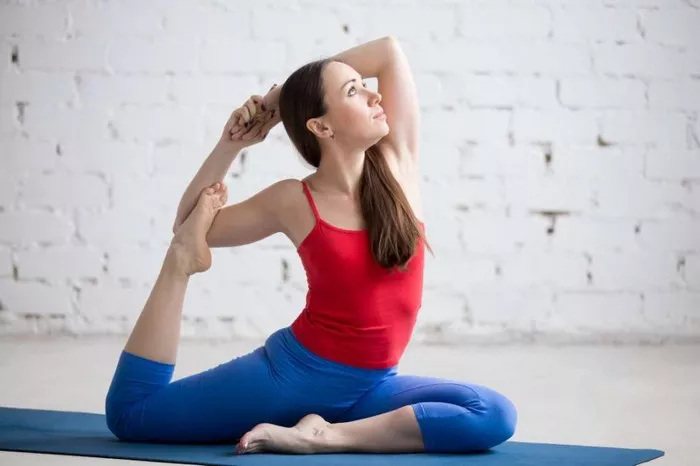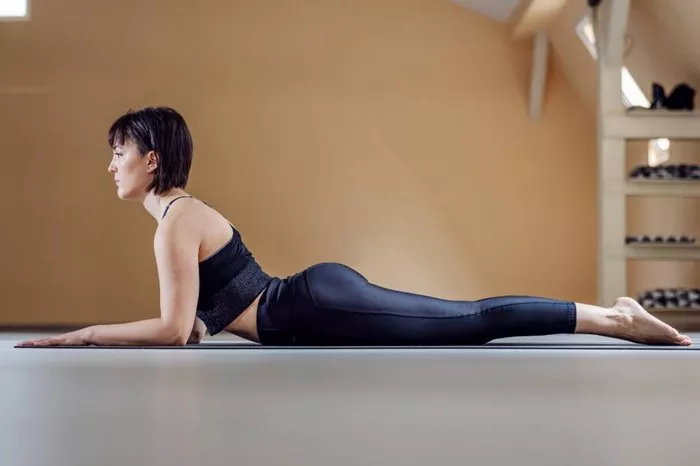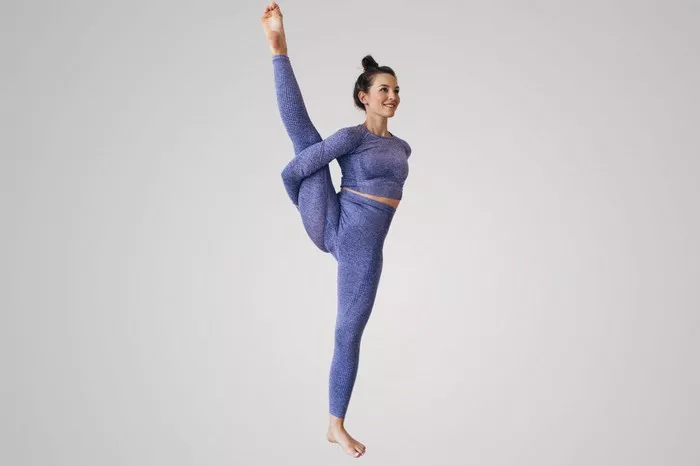Starting a yoga practice at home can be a rewarding experience. It allows you to practice at your own pace, in your own space, and at a time that suits you. Whether you are a complete beginner or someone looking to deepen your practice, creating a home yoga routine can be simple and effective. This guide will walk you through the best way to start yoga at home, offering detailed advice on setting up your space, choosing the right poses, and maintaining a consistent practice.
Benefits of Practicing Yoga at Home
Practicing yoga at home offers flexibility and convenience. You can customize your practice to fit your schedule and preferences, which can lead to a more consistent routine. Home practice also provides a private space to explore yoga without feeling self-conscious. You can move at your own pace and take the time to understand each pose. Over time, practicing yoga at home can lead to improved physical health, mental clarity, and emotional well-being.
Creating Your Yoga Space
Creating a dedicated space for your yoga practice is important. It doesn’t have to be large, but it should be comfortable and free of distractions. Choose a quiet spot in your home where you feel relaxed. A corner of a room, a balcony, or even a spot in your garden can work well. Make sure the space is clean and uncluttered. Having a designated yoga space can help you mentally prepare for your practice and make it easier to maintain a routine.
Setting the Atmosphere
The atmosphere of your yoga space can greatly influence your practice. Consider adding elements that enhance relaxation and focus. Soft lighting, candles, or incense can create a calming environment. You might also want to play soothing music or nature sounds to help you stay present during your practice. Having a few props, such as yoga blocks, straps, and a blanket, can make your practice more comfortable and versatile.
Choosing the Right Yoga Mat
A good yoga mat is essential for practicing yoga at home. It provides cushioning for your joints and prevents slipping during poses. When choosing a mat, look for one that is non-slip and thick enough to provide comfort. If you have sensitive joints, consider a mat with extra padding. Your mat should also be durable and easy to clean. Investing in a quality mat can enhance your practice and help prevent injuries.
Selecting a Yoga Style
There are many different styles of yoga, each with its own focus and benefits. If you are new to yoga, starting with a gentle style like Hatha or Yin yoga can be a good choice. These styles focus on basic poses and slower movements, which are ideal for beginners. If you are looking for something more dynamic, Vinyasa or Ashtanga yoga may suit you. Explore different styles to find what resonates with you. You can also mix styles to create a well-rounded practice.
Beginner-Friendly Poses
When starting yoga at home, it’s important to focus on beginner-friendly poses. These poses help build a strong foundation and prepare your body for more advanced postures. Mountain Pose, Downward-Facing Dog, and Child’s Pose are excellent starting points. These poses are simple yet effective for building strength, flexibility, and balance. You can gradually introduce more challenging poses as you become more comfortable with the basics.
Creating a Sequence
Once you are familiar with a few poses, you can start creating your own sequence. A sequence is a series of poses linked together to create a flow. Begin with a warm-up, such as gentle stretching or breathing exercises, to prepare your body. Follow with standing poses to build strength and balance, then move into seated or lying poses to stretch and relax the muscles. Finish your sequence with a cool-down, which can include poses like Forward Bend or Savasana.
Using Online Resources
The internet offers a wealth of resources for practicing yoga at home. Online classes, tutorials, and apps can provide guidance and inspiration. Many platforms offer free content, including videos for all levels. You can find beginner tutorials that break down each pose step by step. Some apps also offer guided sessions, where an instructor leads you through a sequence. These resources can be particularly helpful when you are just starting out and unsure of what to do.
Finding the Right Instructor
While practicing yoga at home offers independence, it can be beneficial to follow a qualified instructor, especially when you’re starting out. Look for online instructors who are experienced and have a teaching style that resonates with you. Pay attention to their instructions on alignment and safety. Following a knowledgeable instructor can help you avoid injuries and deepen your understanding of yoga.
Setting Realistic Goals
Setting realistic goals is important when starting yoga at home. Start with small, achievable goals, such as practicing three times a week or mastering a specific pose. As you progress, you can gradually increase the frequency and duration of your practice. Remember that yoga is a journey, not a destination. Be patient with yourself and celebrate small achievements. Setting realistic goals can keep you motivated and help you build a sustainable practice.
Staying Consistent
Consistency is key to reaping the benefits of yoga. Try to establish a regular practice schedule that fits into your daily routine. Whether it’s first thing in the morning or before bed, find a time that works for you and stick to it. Even short sessions can be effective if practiced regularly. If you miss a day, don’t be discouraged. Simply return to your practice the next day. Staying consistent will help you build strength, flexibility, and mindfulness over time.
Dealing with Challenges
Starting yoga at home can come with challenges, such as finding the time or staying motivated. To overcome these obstacles, try to make your practice a non-negotiable part of your day, like brushing your teeth. If you’re struggling with motivation, remind yourself of the benefits yoga offers. Sometimes, simply unrolling your mat and starting can be the hardest part. Once you begin, you may find it easier to continue.
See Also: How to Do Hot Yoga at Home: A Complete Guide
Practicing Mindfulness
Yoga is not just about physical poses; it’s also about mindfulness and connection with your breath. Practicing mindfulness during yoga can enhance the mental and emotional benefits of your practice. Focus on your breath as you move through each pose. Pay attention to how your body feels and try to be present in the moment. Mindfulness can help reduce stress and improve your overall sense of well-being.
Incorporating Meditation
Incorporating meditation into your yoga practice can deepen your experience. Meditation helps calm the mind and cultivate inner peace. You can start with just a few minutes of meditation at the beginning or end of your practice. Sit comfortably, close your eyes, and focus on your breath. If your mind wanders, gently bring it back to your breath. Over time, meditation can help you develop greater focus, clarity, and emotional resilience.
Tracking Your Progress
Tracking your progress can be motivating and help you see how far you’ve come. Keep a yoga journal where you record your practice sessions, poses you’ve mastered, and how you feel before and after practice. You can also note any challenges or areas where you want to improve. Looking back at your journal can provide insights into your growth and keep you motivated to continue.
Connecting with a Community
While practicing yoga at home offers solitude, connecting with a yoga community can provide support and encouragement. Consider joining online yoga groups or forums where you can share your experiences and learn from others. Some platforms offer live online classes where you can interact with instructors and fellow students. Having a sense of community can enhance your practice and keep you motivated.
Adapting Your Practice
As you progress in your yoga practice, it’s important to adapt your routine to suit your evolving needs. You may want to explore more advanced poses, increase the duration of your practice, or try new styles of yoga. Listen to your body and adjust your practice accordingly. Yoga is a personal journey, and there’s no right or wrong way to practice. The most important thing is that your practice serves you and supports your overall well-being.
Conclusion
Starting yoga at home is a wonderful way to cultivate physical, mental, and emotional well-being. By creating a dedicated space, choosing the right tools and resources, and staying consistent, you can build a fulfilling yoga practice that fits into your daily life. Remember to be patient with yourself, set realistic goals, and enjoy the journey. Yoga is a lifelong practice that offers countless benefits, and starting at home is the perfect way to begin.
Related topics:























